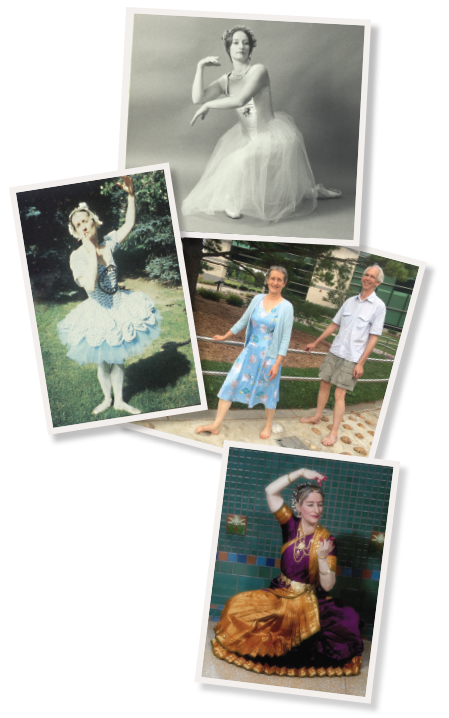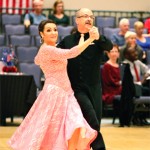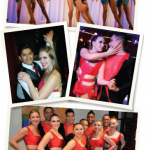Two years ago, Carla Guggenheim, DO, a rheumatologist in private practice in Lansing, Mich., was recovering from extensive shoulder surgery when her dance teacher asked her to perform a complex Indian piece from the Bharatanatyam Repertory at a gala showcasing graduate dance students.
Because of her surgery, Dr. Guggenheim agreed to dance only 90 seconds of a six-minute piece. However, when she arrived, her teacher asked her to perform the entire song. Dr. Guggenheim was still in pain and couldn’t even lift her hand above her shoulder. But somehow, the music carried her through and she managed to pull it off without any mistakes. The 600 people in the audience were thrilled.
(Editor’s note: Listen to Dr. Guggenheim tell this and other stories on our website: www.therheumatologist.org.)
In addition to her family, Dr. Guggenheim is passionate about the three loves in her life—medicine, dance, and tai chi or qi gong, and not necessarily in that order. For more than 50 years, the 69-year-old rheumatologist has woven all three into her lifestyle and vows to continue for as long as her body, mind and spirit will allow.

TOP: Dr. Guggenheim dancing ballet at age 26 at a university theater MIDDLE LEFT: Dr. Guggenheim in a stance from How Swans Really Die. MIDDLE RIGHT: Dr. Guggenheim and her husband, David, walk on a traditional Chinese stone path. BOTTOM: Dr. Guggenheim, age 58, performs the Bharata Natyam at a community theater.
Dr. Guggenheim has been a professional dancer since she was 21 years old. Early on, she danced ballet with the Los Angeles Dance Theater and with the New York American Chamber Ballet. When she was in her late 30s, after teaching ballet at Sonoma State University in California for eight years, her marriage ended, leaving her with two children to financially support.
Fresh Start
“I went to a friend saying, ‘I’ve got to do something, but don’t know what to do,’” she says. She loved science, so she mentioned she had completed general chemistry, physiology, calculus and related courses while in school “just for fun.” Her friend said, “he thought I should go to medical school since I got all A’s and because the only other premed course I needed to take was organic chemistry.”
Because she was particularly interested in the musculoskeletal system, she had planned to take osteopathic manipulative medicine at Michigan State University (MSU), but the program lost its funding. So she entered the school’s internal medicine program while also working on a master’s degree in biomechanics.
But her passion for internal medicine was lukewarm. Because of her ongoing interest in the musculoskeletal system, MSU’s director of internal medicine program—Patrick Alguire, MD—suggested she specialize in rheumatology. So she made one last change involving her medical education and, this time around, found renewed purpose and meaning.
Even during medical school, however, she would not forfeit her first love—dance—and taught and occasionally performed the Bharata Natyam in community theaters around the country and, later, in a few cities in India. She says the Bharata Natyam “embodies the depth and breadth of human emotion while maintaining complex polyrhythms”—where dancers lay one rhythm on top of another.
“After finals in medical school, people were going out and drinking,” says Dr. Guggenheim, who still dances in her home basement studio about twice a week. “I was going out and directing student performances.”


